It was our last day in Tokyo but we still had time for sightseeing before departing on our evening flight back to Manila, so we visited the Sensō-ji (金龍山浅草寺 Kinryū-zan Sensō-ji) Kannon temple, an ancient Buddhist temple dedicated to Kannon Bosatsu (the Bodhisattva of compassion who is believed to take away the people’s suffering and make their wishes come true).
“Senso” is an alternative reading for Asakusa and “ji” means temple. Asakusa (浅草) is the center of Tokyo‘s shitamachi (literally “low city”), one of Tokyo’s districts. Here, an atmosphere of the Tokyo of past decades is said to survive. From our hotel, we walked to the nearby Akasaka-Mitsuke Station and took the train to Asakusa Station. The trip took all of 30 mins.
Outside Asakusa Station was a number of jinrikisha (literally “man powered vehicle”). A 30-min. tour, for two persons, on board these rickshaws costs around JP¥9000. The temple was a short 10-min. walk from the station. Surprisingly, even for a Monday, there were lots of people on the street. Adjacent to the temple is a five-story pagoda, a Shinto shrine, the Asakusa Shrine, as well as many shops with traditional goods in the Nakamise-dōri. Some visitors buy the charms sold at the temple.
Check out “Asakusa Shrine”
The temple’s official name is Kinryuzan (Mountain of Golden Dragon), but it is also known as Asakusa Kannon and the residential building is called Denpo-in. During the 10 March air raid on Tokyo in World War II, the temple was bombed and destroyed but was rebuilt later. Today, it is a symbol of rebirth and peace to the Japanese people. In the courtyard there is a tree that is a similar symbol to the temple itself. During the air raid, it was hit by a bomb but has regrown in the husk of the old tree.
Here are some interesting trivia regarding this temple:
- Founded in 645 AD, it is Tokyo’s oldest temple and one of its most significant. In the early years of the Tokugawa shogunate, Tokugawa Ieyasu designated Sensō-ji as tutelary temple of the Tokugawa clan.
- According to legend, two fishermen, the brothers Hinokuma Hamanari and Hinokuma Takenari, found a statue of the bodhisattvaKannon (Avalokiteśvara) in the Sumida River (Miyato River) in 628. Hajino Nakamoto, the chief of their village in Asakusa, recognized the sanctity of the statue. To enshrine it, he remodeled his own house into a small temple so that the villagers could worship Kannon.
- Formerly associated with Hiezan Enryakuji, the head temple of the the Tendaisect of Buddhism, it became independent as the head temple of the Seikannon sect after World War II.
- With over 30 million visitors annually, Sensoji is the second most widely visited spiritual site in the world after the Vatican.
- In the New Year, it ranks among the top 10 temples in Japan for the number of visitors.
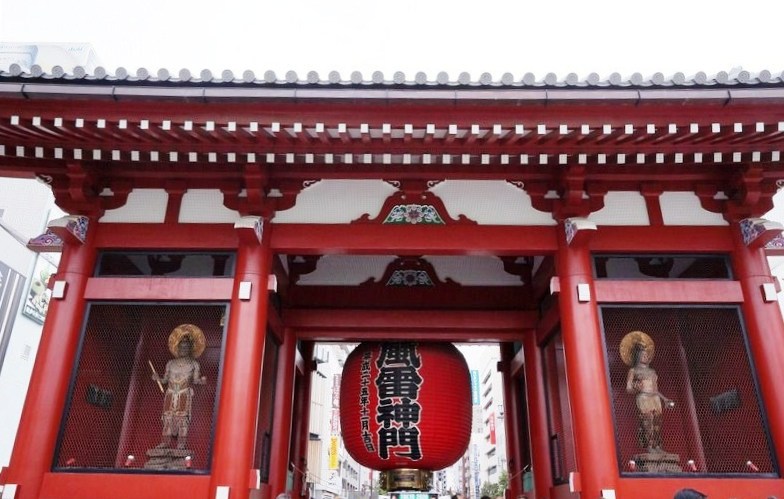
Kaminarimon Gate
Dominating the entrance to the temple is the vermillon Kaminarimon (“Thunder Gate.”) In 942, it was built as the main gate of Sensoji Temple by Kimimasa Taira in Komagata, rebuilt in 1635 but burned down in 1639. In 1649, Iemitsu Tokugawa donated the main hall, Niomon Gate (Hozomon), the five-story pagoda, and Kaminarimon Gate. Over the years, Kaminarimon Gate was destroyed by fire several times, the last time in 1866.
The existing gate dates from 1960. Konosuke Matsushita, a founder of Panasonic Corporation, contributed to its reconstruction. An imposing Buddhist structure, its official name is Fujin- Raijin Gate. It features a chochin, a massive paper lantern dramatically painted in vivid red-and-black tones, suggesting thunderclouds and lightning. When facing front, on the left is the statue of Rajin-sama, the god of thunder and lightning, while on the right is the statue of Fujin-sama, the god of wind. Facing the rear, on the left is the statue of Tenryu while on the right is the statue of Kinryu, both dragon gods in human form.
Beyond the Kaminarimon is Nakamise-dori, with its shops, followed by the two-storied, dynamic Hōzōmon which is bigger than Kaminarimon Gate and provides the entrance to the inner complex. The Hozomon, called Niomon Gate since the olden days, was destroyed by fire in 1631, rebuilt by Iemitsu Tokugawa in 1636 but burned down in the massive air raids of 1945. In 1964, it was rebuilt with a donation from the late Eitaro Otani, third chairman of the Asakusa Tourist Federation.
Check out “Nakamise-Dori“
It houses a pair of Ni-Ou figures in front, both guardian deities. It is said that the models for these fierce looking deities where 1960’s sumo wrestlers Kitanoumi (on the left) and Myobudani Kiyoshi (on the right).
The chicken wire keeps people from touching the statues. The gate’s upper storey houses the temple’s Buddhist sutras that include Hokke-kyo (Lotus Sutra), which is designated as a National Treasure, and the Issai-kyo, a complete collection of Buddhist scriptures that is an Important Cultural Property. This is why the gate is called Hozomon Gate (“Treasure House Gate”).
At the back of the gate is a huge, 4.5 m. high pair of o-waraji (traditional straw slippers) weighing 2,500 kgs. Symbolic of the power of Ni-Ou, they are charms against evil. Before visiting the Main Hall, cleanse your hands and mouth at the ablution fountain of the Omizuya (generally called as Chozusha). It has a bronze statue of Sakara, the King of Water, designed by Kotaro Takamura.
Within the precincts are a stately, eye-catching five-storey pagoda (Gojunoto) built, together with a lecture hall, in the new toinzukuri style in 1973; and the main hall (Hondo, also called Kannondo), devoted to Kannon Bosatsu.
The 53.32 m. tall pagoda is the second highest in Japan after the 56-m. high pagoda of Toji Temple in Kyoto. The original pagoda, built in 1648 on a different site, was destroyed by an air raid in 1945. The top of the pagoda houses Buddha’s ashes ceremonially transferred from a temple in Sri Lanka. You can’t go inside the pagoda as it is a graveyard that contains memorial tablets of thousands of families and individuals.
The impressive Main Hall, with its high-pitched roof, enshrines a principal image of Buddha, known as Kannon Bosatsu (Kannon Bodhisattva). Built in 1644, it was destroyed in 1945 and rebuilt with the same design as the old one in 1958.
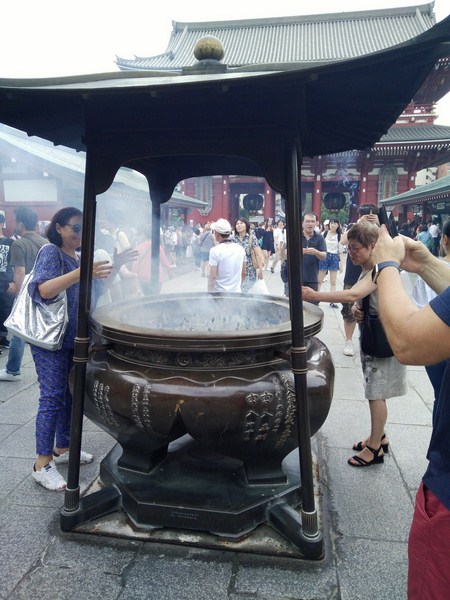
Jokoro, the main incense censer, is a large bronze vessel filled with sand and ash. Bundles of incense sticks, about 2 cm in diameter and 15 cm long, are lit here. Pilgrims stop here to wave the cleansing smoke, “the breath of the gods,” over their face and body.
On the west side of the Main Hall is Yogodo Hall where Buddhist divinities who support Kannon Busatsu are enshrined. At the left side of the hall is a hexagonal building (Rokkakudo), the oldest wooden structure (it was built in the 16th century).
The Yogodo’s quiet contemplative garden, kept in the distinctive Japanese style, features an old stone bridge, the oldest in Tokyo (it was built for the Asakusa Toshogu Shrine in 1618), that spans a small pond stocked with colorful koi and fed by a rushing stream.
At many places on its approach and within the temple itself are o-mikuji stalls where, for a suggested donation of JP¥100, visitors may consult the oracle and divine answers to their questions.

Maigo-shirase Sekihyo (Mark Stone for Lost Child). Carved with “Namu Daijihi Kanzeon-bosatsu Mayoiko-no Shirube,” it had been used for exchanging information about lost children in the Edo period.
Querents shake labelled sticks, from enclosed metal containers, and read the corresponding answers they retrieve from one of 100 possible drawers.

An 8 m. high, bronze Hokyoin-to, a tiered tower or pagoda, was cast by Fijiwara Masatoki in 1761. The largest one left in Tokyo, it was damaged during an earthquake in 1855 but was restored in 1907 to commemorate Japan’s victory in the Russian – Japanese War.

Saibutsu Itabi, raised from the late Kamakura period to the early Muromachi period, measures 217.9 cm. high and 46 cm. wide. It is the largest Aoishi Toba (blue stupa) in Tokyo.
The Tori No Ichi Fair, held for over 300 years in front of Sensoji on the days of the rooster in November (according to the Chinese zodiac calendar), is an interesting special event held to sell kumade bamboo rakes which are supposed to be lucky for business.

The Clock of Peace, a gift of the Lions Club International, originally had a square Seiko clock mounted on the pagoda but has been replaced by an ordinary National Panasonic clock.
Attracting a large number of local small business owners, when a rake is sold, the buyer and seller perform a tejime (a ritual hand clapping ceremony) together.
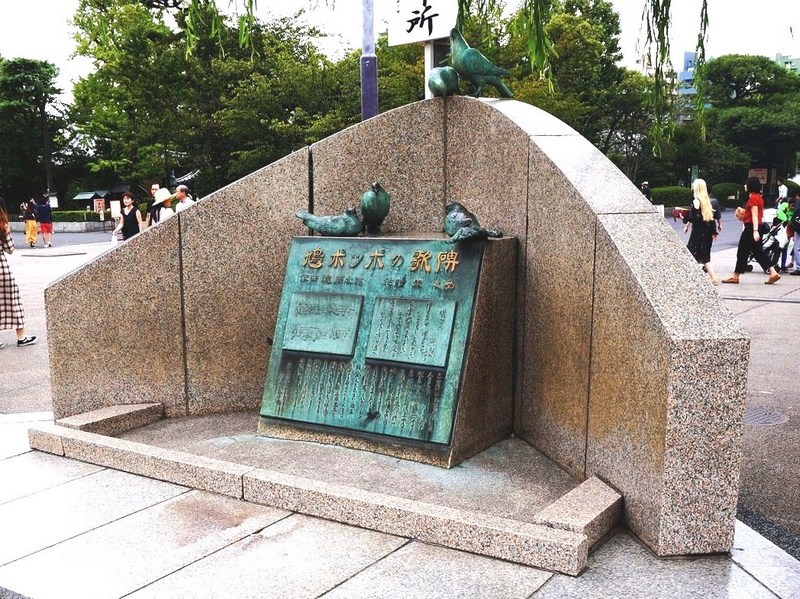
Hato Poppo Song Monument. Hato Poppo, is a children’s song written by Rentaro Taki and Kume Higashi. Kume came up with the lyrics for the song as she observed children play with pigeons on the grounds of Sensoji Temple. In 1962, a monument was raised at Sensoji in honor of this famous Japanese nursery song. The monument is inscribed with the words and the score for the song, with lifelike bronze pigeons resting on top.
Sensō-ji Temple: 2-3-1 Asakusa, Taitō-ku, Tokyo, Japan. Open daily, 6 AM to 5 PM (6:30 PM, October to March). Admission is free.
How to Get There: The temple is a 10-min. walk from Asakusa Station which is served by the Tokyo Metro Ginza Line, Toei Asakusa Line and Tobu railway lines. It is also a 10-min. walk from Tawaramachi Station on the Ginza Line.

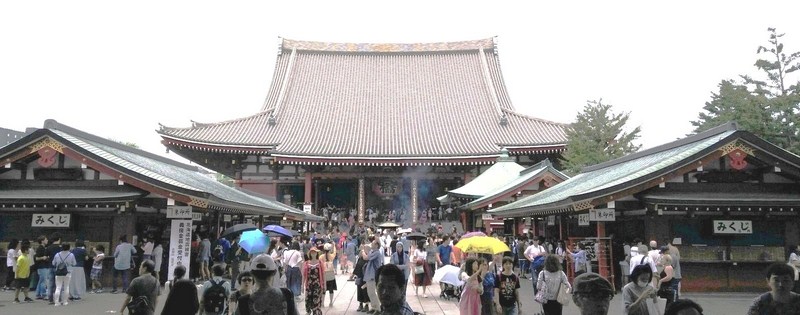
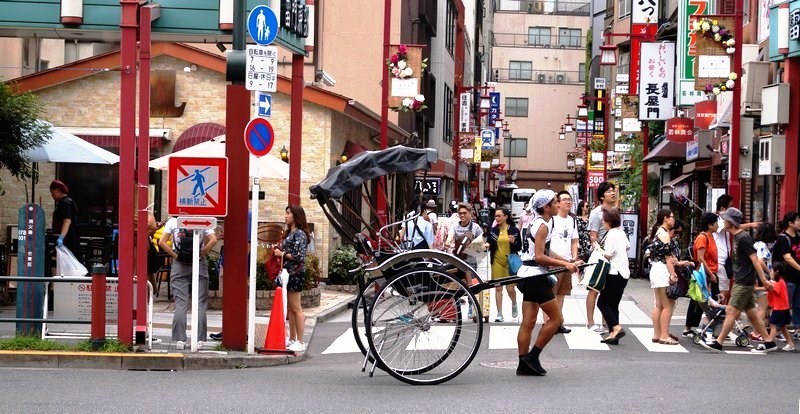

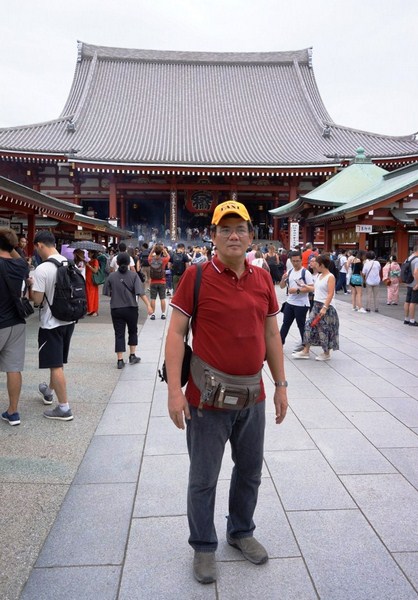
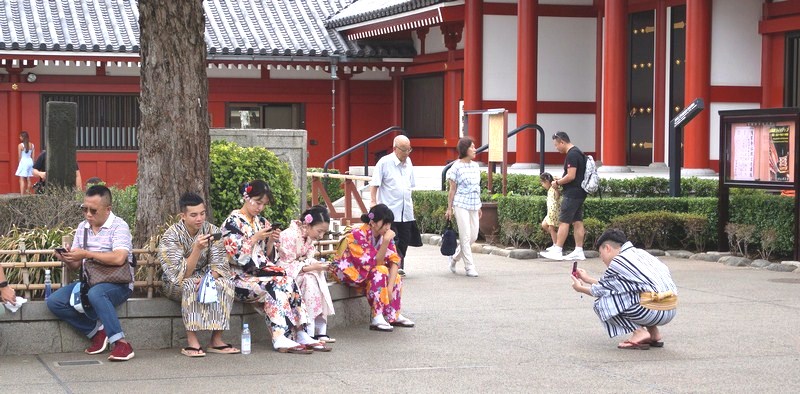
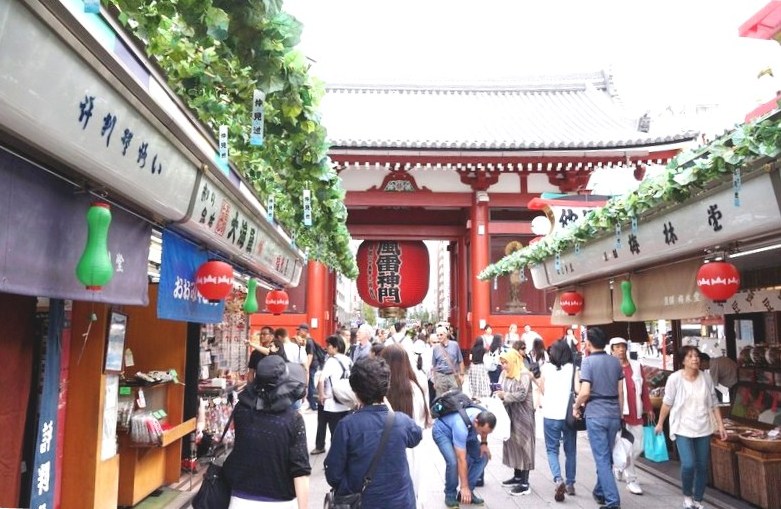
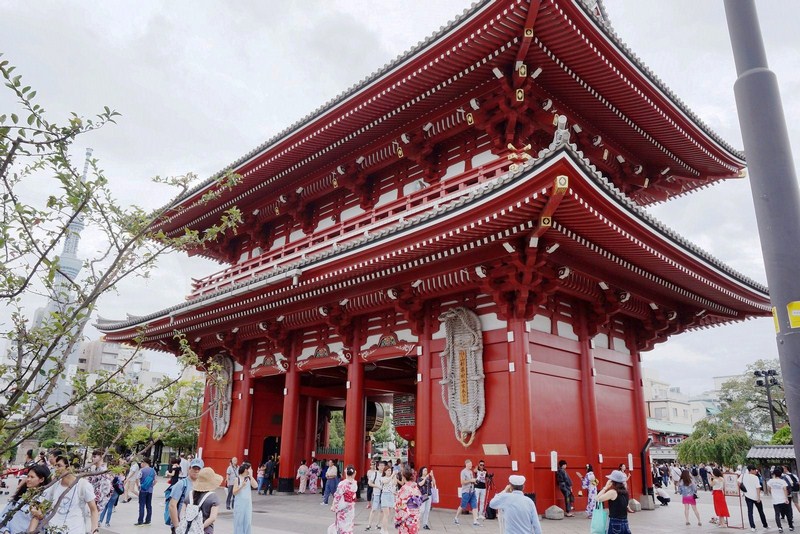

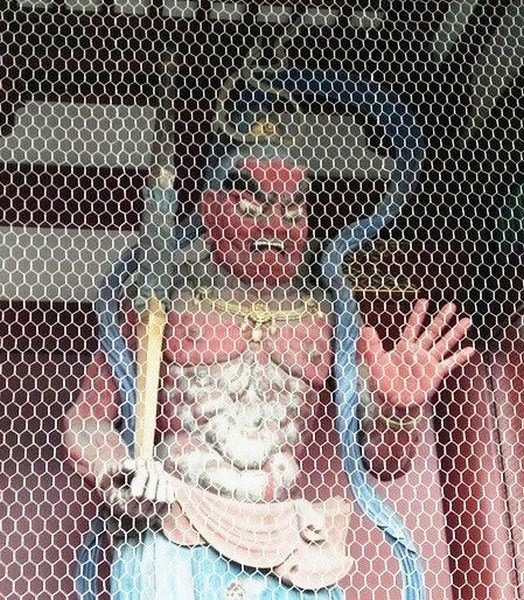

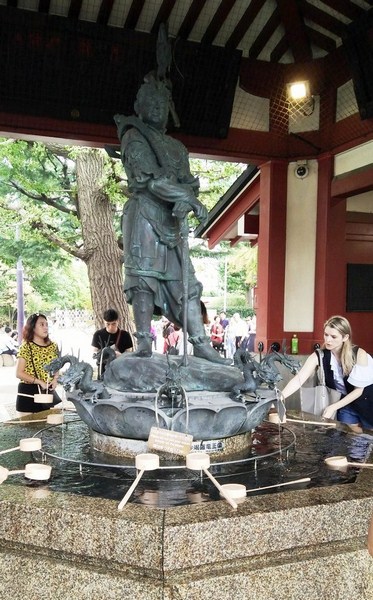
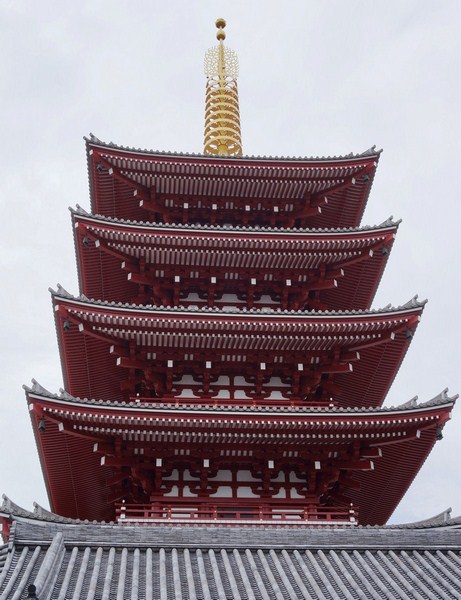
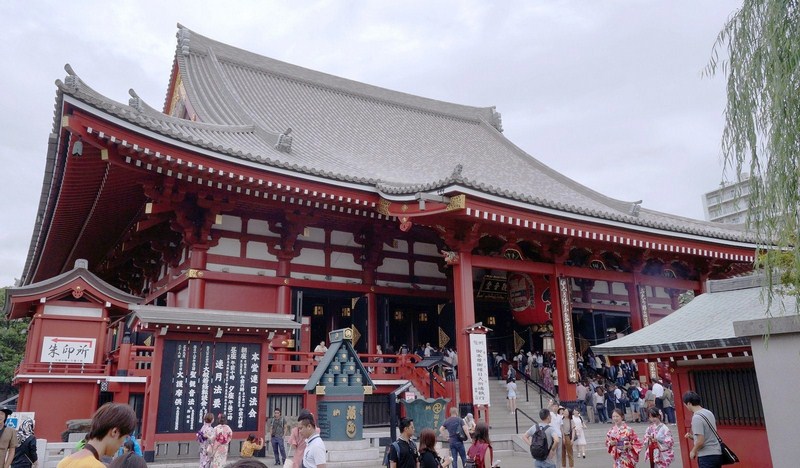
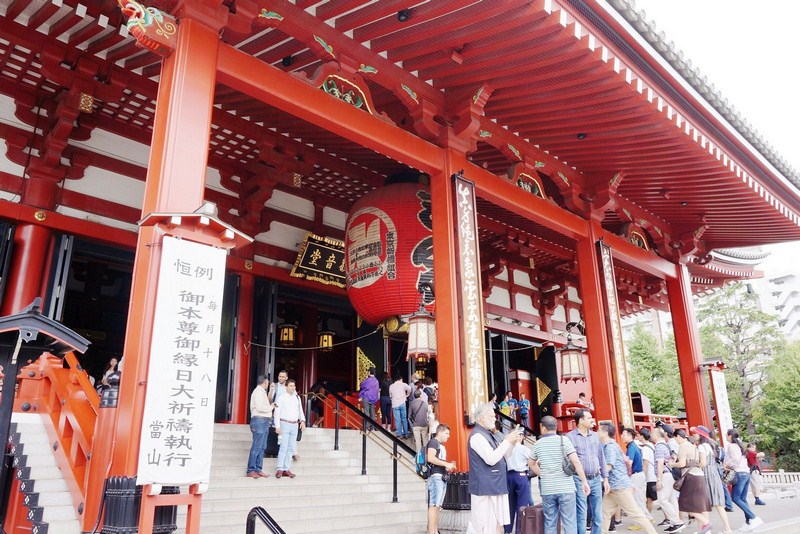
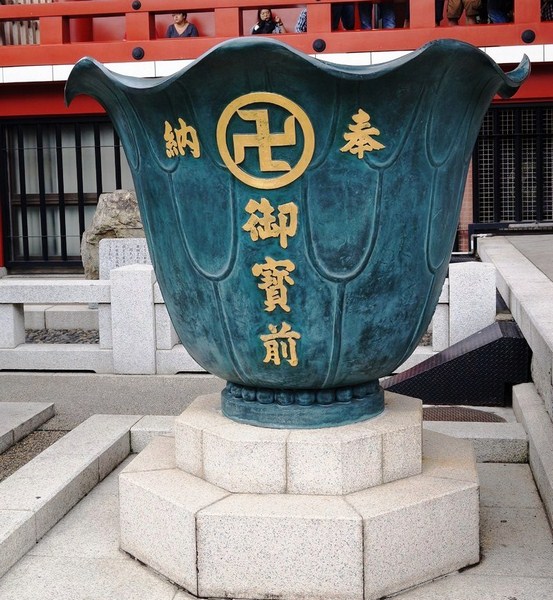
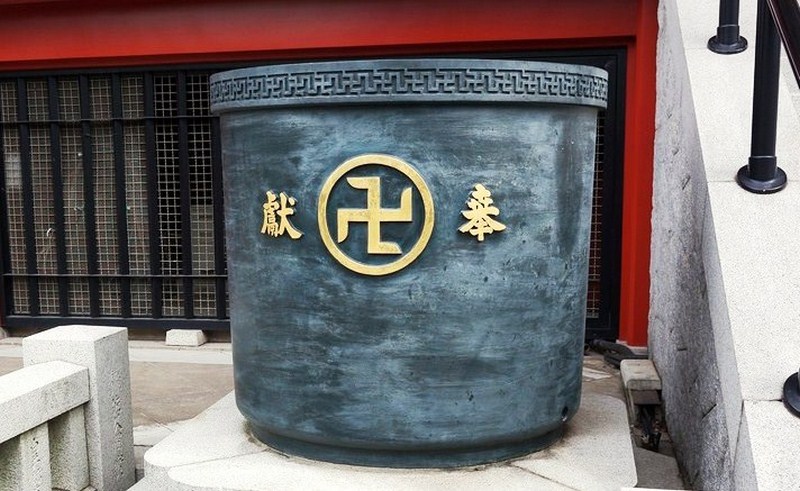
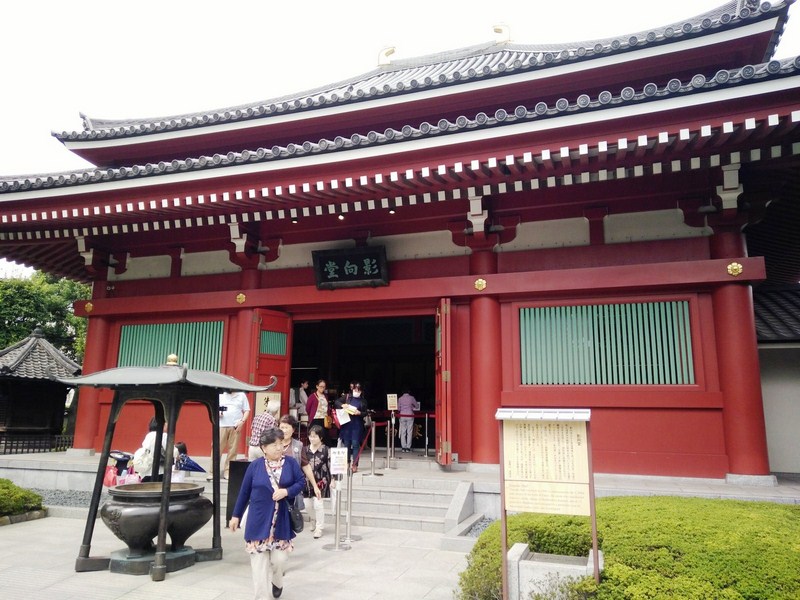

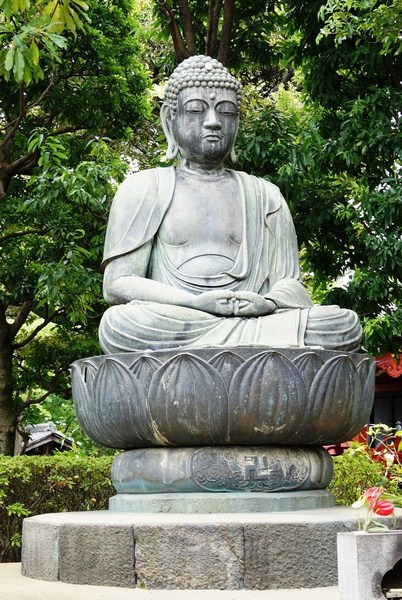
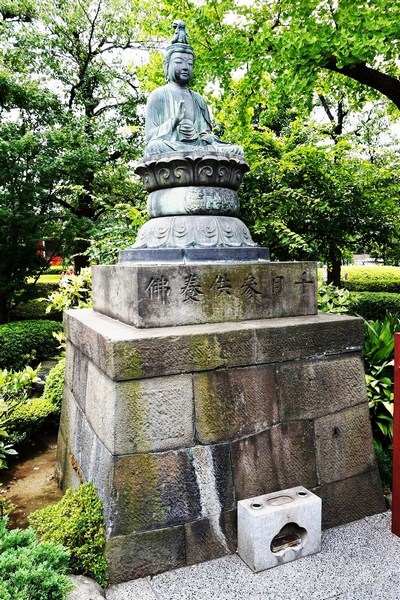
I really love your blog.. Pleasant colors & theme. Did you create this website yourself? Please reply back as I’m looking to create my own website and would love to know where you got this from or exactly what the theme is called. Thank you!|